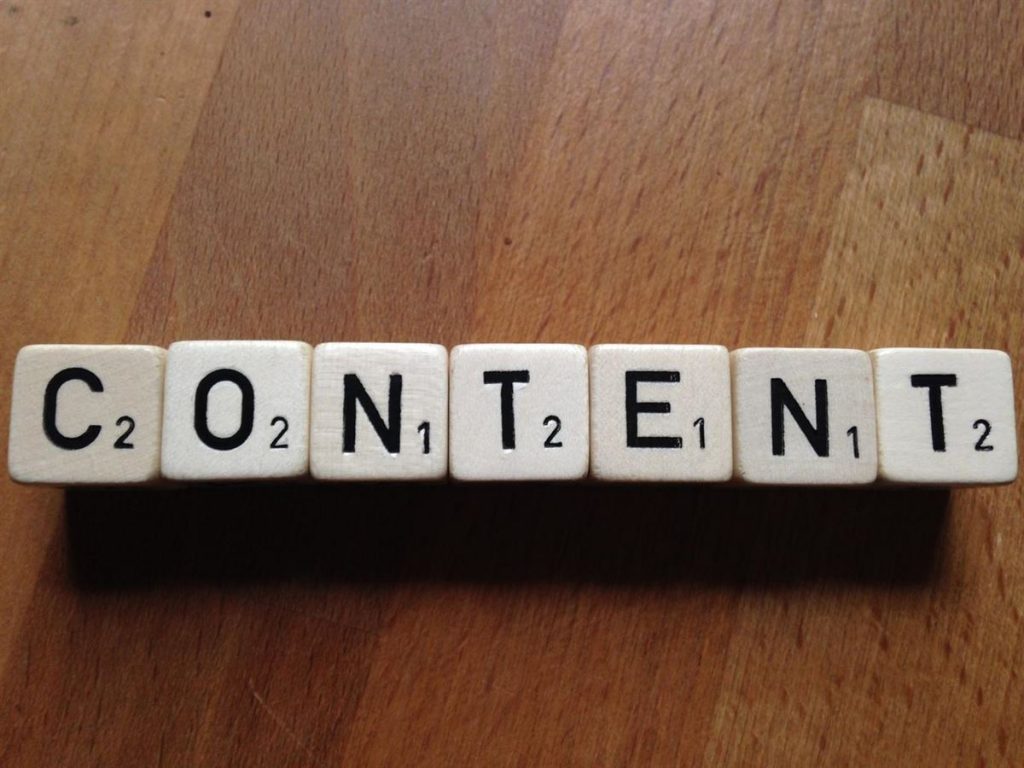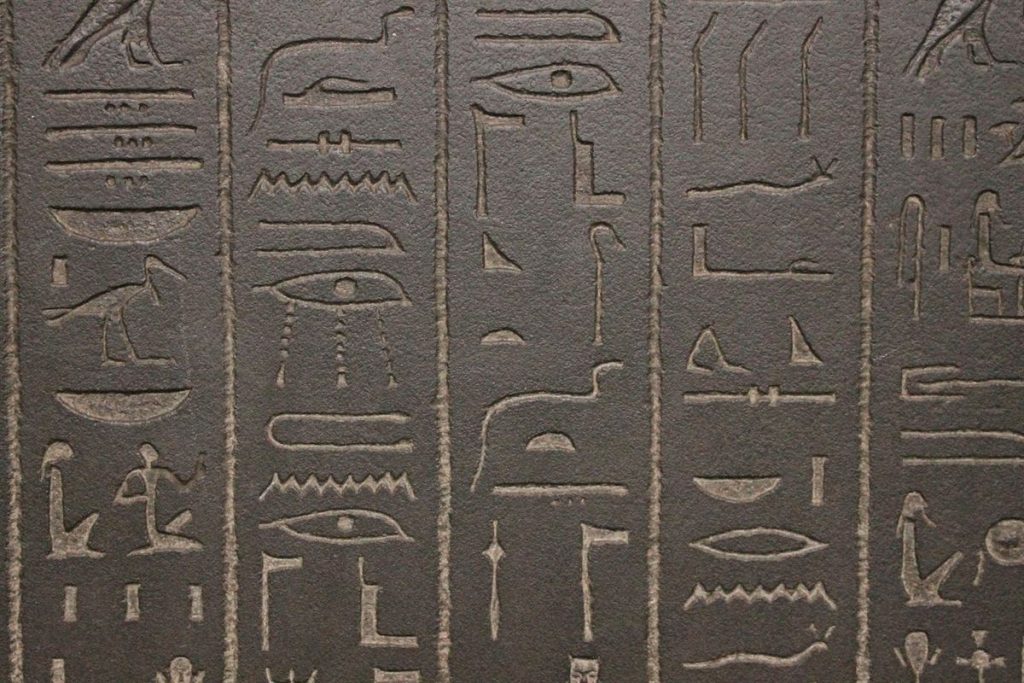Content is king. Search engines such as google and bing rate quality content very highly and creating great content today is not just a way to fill the page but also a way to attract organic visitors from web searches.
Text can be used as a tool for search engine optimization to attract visitors. Text, paragraphs, and headings all contribute to the look and feel of content, as well as images.

Key SEO-optimized text considerations
SEO optimization does not mean a reduction in the use of content by visitors. In fact, it is the opposite. Beautiful content, means people are more likely to recommend it, revisit it, and enjoy it. A person in a good mood is more likely to associate your site with a positive experience which may lead to better conversion rates.
There are key points to consider when creating new pages and posts and here are the main ones:
- Content length: Longer content generally performs better in search engine rankings. Aim for at least 500 words per page. It is no use repeating the same things over and over again though, try to keep the content original and easy to read.
- Keyword research: Use keyword research tools to find relevant keywords and phrases to include in your content. Use these keywords strategically, but avoid overusing them. Overuse of relevant phrases can be punished by ranking the page lower in search engine results page.
- Content structure: Use clear and organized structure for your content, with headings, subheadings, and bullet points to make it easy to read and understand. A list, using bullet points such as the one you’re looking at right now is one of the ways to help the content readability.
- Heading tags: Use heading tags (H1, H2, H3, etc.) to organize your content into sections and signal to search engines the importance of each section. Marking the headings in H tags also improves readability and allows visitors to find specific points within the text swifter.
- H1 tag: Use the H1 tag for the main title of your page. This should be a descriptive, keyword-rich title that accurately reflects the content of the page. The title of this page in the H1 tag is “SEO content tips and tricks: text, paragraphs, and headings.” It reflects content within the page perfectly. Page titles ought to be under 65 characters in length although 60 characters are probably even better. The title of this page is 60 characters long. Sometimes it may be tricky to find something that fits like that but it ought to be the goal.
- H2 tags: Use H2 tags for the main sections of your content, with subheadings (H3, H4, etc.) for sub-sections as necessary. The heading on top of this list is an H2 tag, it is considerably smaller than the H1 tag used as a title. The subheading in the H2 tag here is “Key SEO-optimized text considerations” it reflects the listed points and does not repeat the H1 title.
- Content quality: Create high-quality, useful content that provides value to your readers. Avoid thin or low-quality content, which can negatively impact your SEO. On this page, we see rich diverse content around the main theme of the text which is “text, paragraphs, and headings for SEO”. Expanding on the quality of content by improving and extending the scope of the text is also recommended.
- Content uniqueness: Ensure that your content is unique and not duplicated from other sources. Duplicate content can negatively impact your SEO. Use an online plagiarism checker, there are plenty of free ones to test the uniqueness of your text.
- Content updates: Regularly update your content to ensure that it remains relevant and accurate. This can improve your SEO and provide value to your readers.
- Readability: Use a clear and conversational writing style that is easy to read and understand. Avoid technical jargon or complex language that may confuse or frustrate your readers.
How to optimize text for SEO?
It is important to take into account what the visitor is looking for. It is important for the title to reflect the content of the text. Adding structure, distinguishing features, and avoiding monotone text will help in SEO optimization. A good way to make textual content easier on the eyes is to write lists, for example, “10 tips and tricks for SEO-Optimized text” or use questions that the visitor might be asking, for example, “How to optimize text, headings, and paragraphs for SEO?”

Revisiting your content
There is a term in psychology called “a period of incubation”. It is the hidden process happening within the brain of working on a task after its completion. This process continues during rest and even when working on subsequent tasks.
In practical terms, it means that you can revisit what you’ve done before and your brain will automatically suggest improvements and additions. It is a useful tool for content creation, as it allows a broader look at what you’ve written and optimizes it further for SEO.